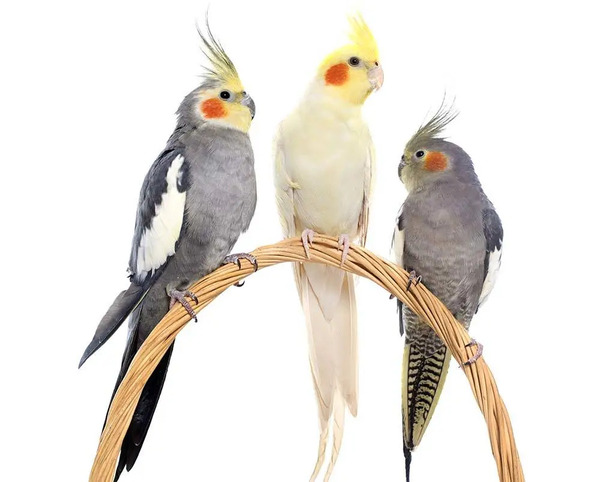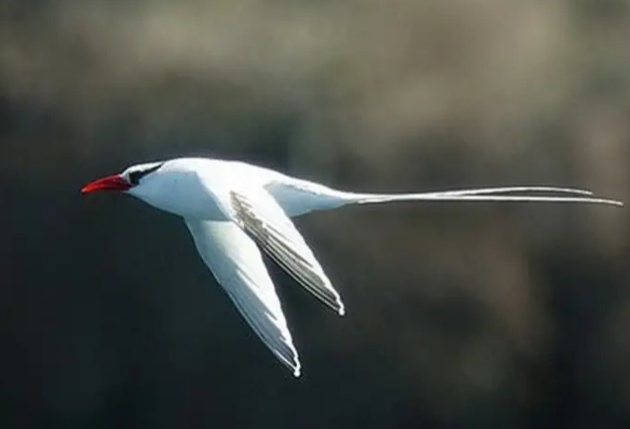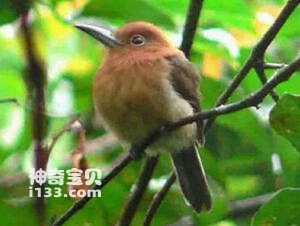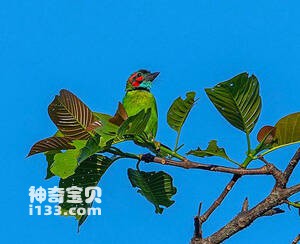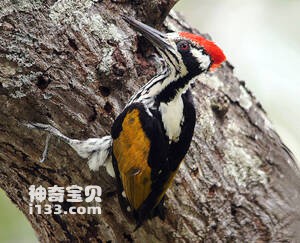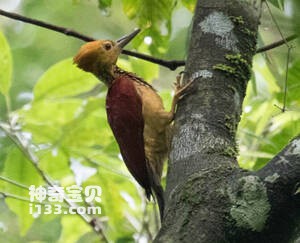Actenoides bougainvillei
IUCN
LCBasic Information
Scientific classification
- name:Actenoides bougainvillei
- Scientific Name:Actenoides bougainvillei,Moustached kingfisher
- Outline:Climbing birds
- Family:
Vital signs
- length:About 27 cm
- Weight:No textual research information is available
- lifetime:No textual research information is available
Feature
It has blue eye stripes and whiskers
Distribution and Habitat
It is found in the Solomon Islands in the Pacific Ocean (including Bougainville Island in the northern Solomon Islands and Guadalcanal Island in the southern Solomon Islands).
It is found in the closed forests of Guadalcanal, between 900 and 1,100 meters above sea level.
Appearance
The jade is 27 cm long. It is a beautiful and very secretive forest kingfisher. The body consists mainly of reddish-brown plumage with dark blue wings, blue eye stripes and whiskers, red beak, white throat, pale yellow belly and collar. Rump and tail dark blue. Smaller than the dwarf three-toed kingfisher. The mouth is thick and long like a chisel, the base is wider, the mouth peak is straight, the peak ridge is round, there is no nasal groove on both sides; Wing circle, the first primary feather is equal or slightly shorter than the seventh primary feather, and the second, third, and fourth are nearly equal in length; Primary feather base with white spots; Tail round; The mouth is red.
Details
The scientific name Actenoides bougainvillei, the foreign name Moustached kingfisher, there are two subspecies.
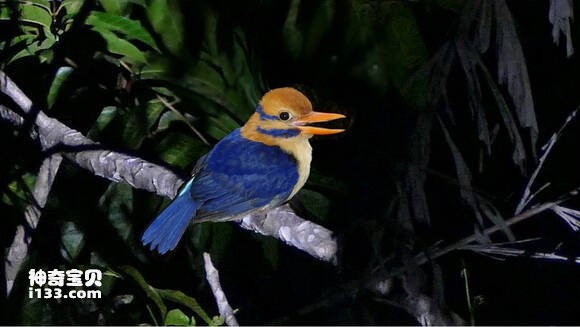
The bearded emerald bird, which lives on the island of Guadalcanal, calls before dawn and after dusk in what resembles a series of loud bells. Elsewhere, the song of the bearded jade is relatively simple. Nesting in the ground or river bank holes, but also in the forest using white mosquitoes to eat empty tree trunks is nesting. The diet includes insects and small vertebrates, crabs, mollusks, small fish, frogs, worms, insects and small reptiles.
Listed in the International Union for Conservation of Nature (IUCN) ver 3.1:2008 Red List of Birds: Endangered.
Protect wild animals and eliminate wild meat.
Maintaining ecological balance is everyone's responsibility!



